Sealing machines may be available everywhere. However, identifying a suitable one may be a headache sometimes. This article will help determine the best sealing machines available in the market. We’ll discuss the available types and the factors to consider before buying sealing machines for businesses.
Table of Contents
Demand and market share for sealing machines
Factors to consider when purchasing a sealing machine
Types of sealing machines
The target market for sealing machines
Conclusion
Demand and market share for sealing machines
In 2021, sealing machines accounted for US$ 2.4 billion in sales. Of these, tray sealing machines accounted for over 70% of total sales. Due to the rising demand for on-the-go food and the ease of packaging offered, sealing machines have established their footprint in the market.
Factors to consider when purchasing a sealing machine
Here we’ll look at the various factors businesses should consider before buying a sealing machine.
Cost
L-shaped sealing machines can cost as low as US$ 800. They are, however, slow in their operation and not suitable for bulky work. Due to the conveyor belt, band sealing machines will cost upwards of US$ 1,000 and offer better productivity. Businesses should consider a machine that suits their budget.
Portability
This will vary on the size of the business and the size of the goods being packaged. Large industries will need to acquire equally large equipment, often spanning over rooms. Small-sized companies could opt for sealing machines that can be moved around at will.
Size
The size of the package should be determined before buying a sealing machine because the sealing machine has to incorporate it. A tray sealing machine may have a tray dimension of 300mm x 225mm, while the machine dimensions are 520mm x 400mm x 290mm.
Quality
The quality of the seals made will be dependent on the type of sealing machines. Whereas band sealing may have weak seals if the temperature is too low, tray sealing is one of the most efficient as it guarantees quality. The package also looks classy due to the transparent container.
Features and specifications
The business should know the specifics of the goods to be packaged before buying a sealing machine. Knowing the product specifications, such as the dimensions, weight, and volume of the package will add specificity to the sealing machines required.
Productivity
Productivity will determine, among other things, the speed within which work is carried out and the profit made. Businesses should consider the volume of work before settling for a sealing machine. Productivity is measured in units (bags, pcs.)/minute. The skills available, the target per day, and the facility environment are good pointers to indicate the productivity required.
Types of sealing machines
This section will outline the types of sealing machines.
Band sealing machine
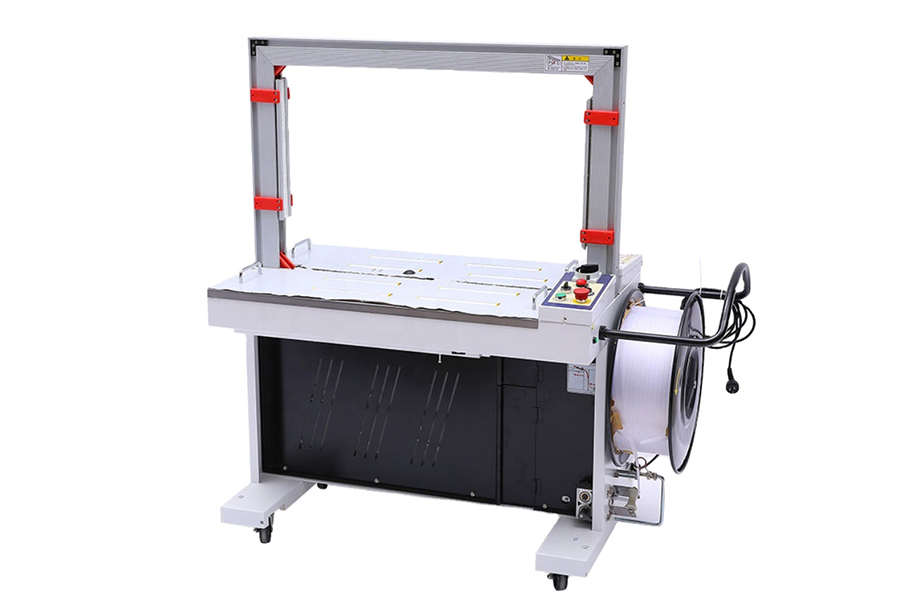
Band sealing machines are primarily used to seal pouches and bags.
Features:
- They can either be vertical or horizontal.
- They are held beneath the conveyor belt or by the band for lightweight packages.
Blister/tray sealing machines
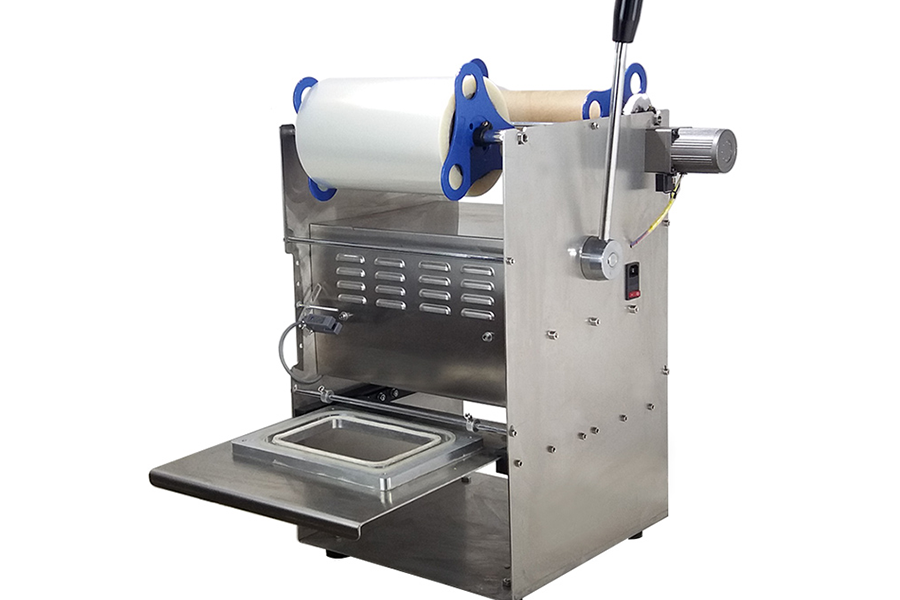
Blister/tray sealing machines attach thermoformed blisters to paperboard or film backings.
Features:
- They only seal because the blisters are pre-formed.
Pros:
- They provide improved compliance among consumers.
- They provide increased security.
- They offer easy dosing.
Cons:
- They take longer to seal.
Clamshell sealing machines
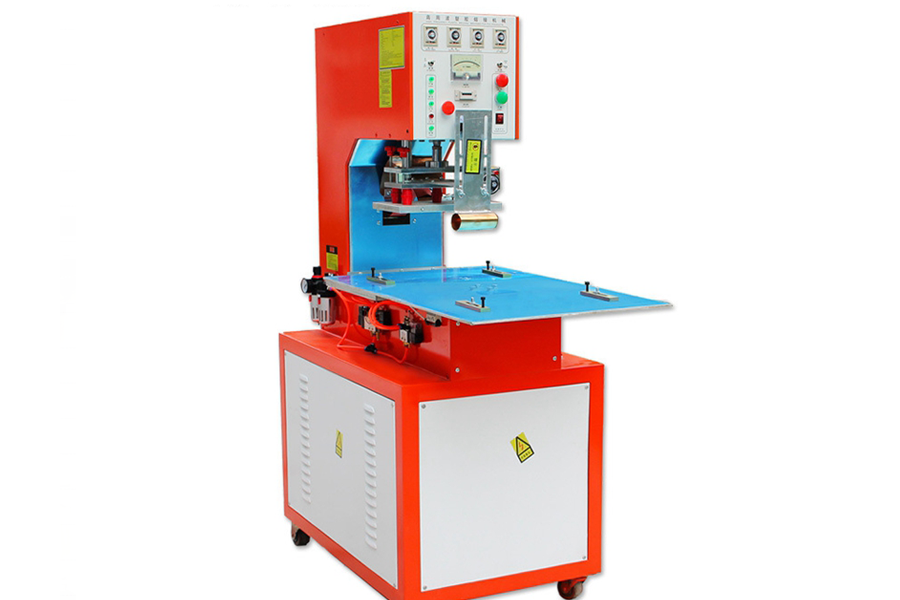
Clamshell sealing machines seal carded packaging primarily made of plastic or styrofoam.
Features:
- They are also known as point sealers.
- They use heat or ultrasonic waves to melt and provide a tack.
- They can also be sealed on blister sealers where complete perimeter sealing is required.
Pros:
- They provide good protection for packaged seals.
- The transparency of the packaging provides users with assurance of the product.
- They offer decent packaging.
Cons:
- They are not suitable for packing liquids.
- They cannot be recycled.
Crimp/Jaw sealing machine
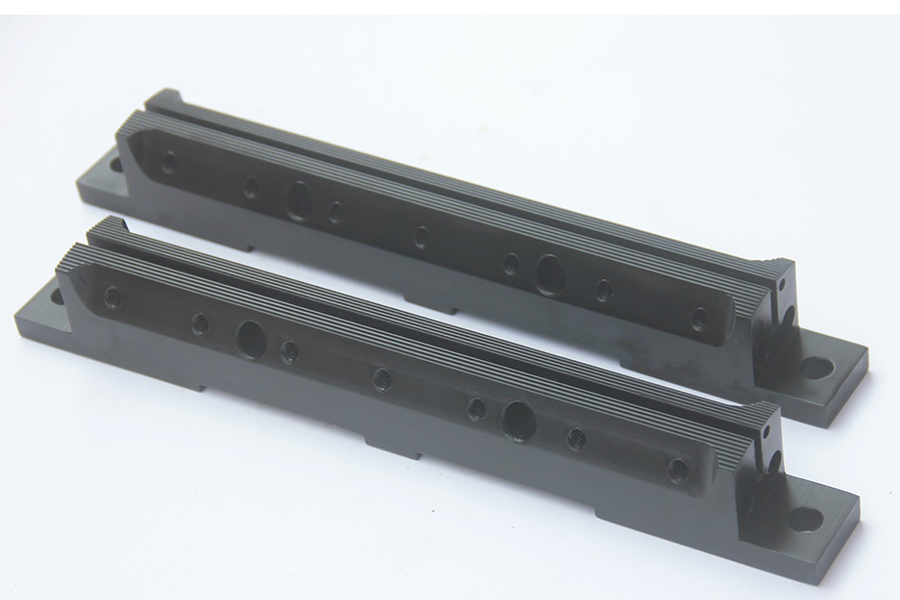
Crimp/jaw sealing machines are footswitch actuated and have more extensive sealing lengths.
Features:
- They use heat and pressure to seal pouches, one at a time.
- They can be operated handheld or placed on a bench.
- They can be set to automatic mode and allow the operator to feed packages.
Pros:
- They work with both hot and cold sealing.
- They provide a standard hole punch.
- They are compatible with vertical and horizontal machines.
Cons:
- They can easily form weak seals in case of too low temperature. High temperatures can result in burning seals.
- Misaligned jaws can lead to serrations and cut seals.
L-bar sealing machine
L-bar sealing machines are used to form 3 sealed edges from doubled-over lengths of material.
Features:
- They form an L-shaped seal with an end and an edge seal every cycle.
Pros:
- They are easy to use and operate.
- The automatic version can be very productive.
- They can produce strong, consistent seals.
Cons:
- They are costly to acquire and maintain, with a price range of US$ 800-US$ 50,000 depending on the size and complexity of use.
Vacuum sealing machine
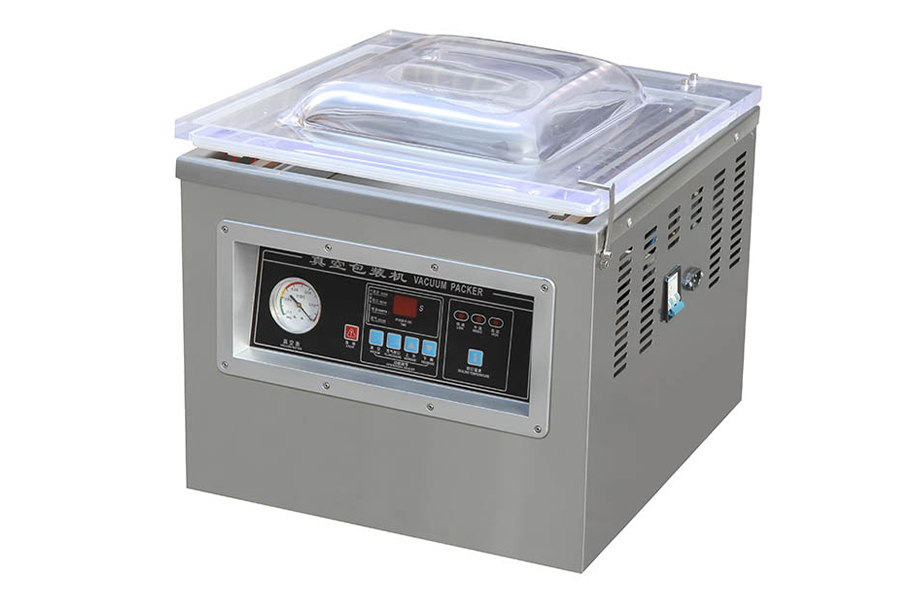
Vacuum sealing machines are primarily used for meat and food packaging due to the low oxygen.
Features:
- They incorporate a vacuum to aid in evacuating air from the chamber or tray before sealing.
- Depending on the requirements, they can be manual, semi-automatic, or automatic.
- They can produce modified atmosphere packages.
Pros:
- They reduce product loss.
- They are quick and efficient.
- They provide a substantial increase in shelf life.
- They have minimal need for chemical preserves.
Cons:
- Additional labeling is often required.
- Opening the sealed bags may be difficult.
- Additional sealer attachments may be required.
Case and carton sealing machine
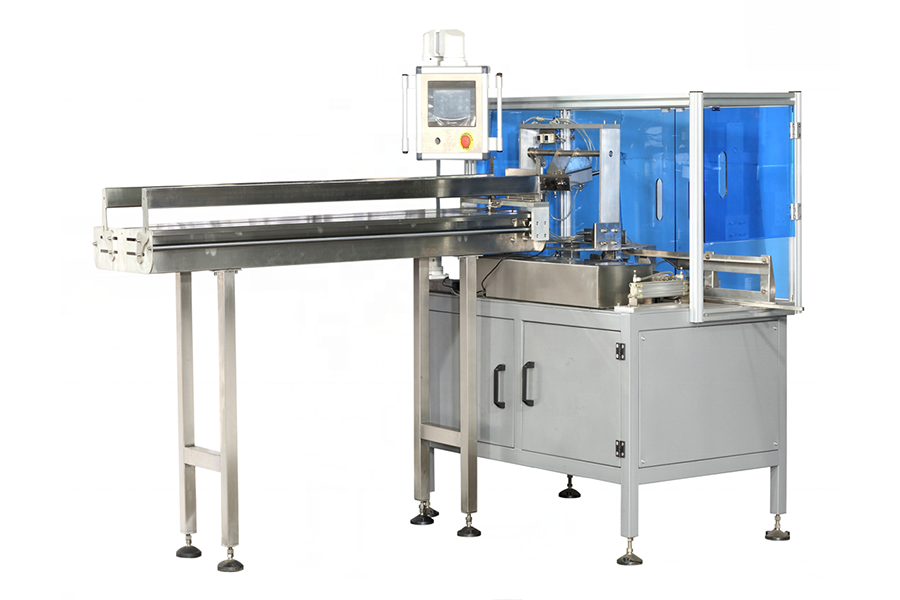
Case and carton sealing machines use taping heads to apply adhesive tape to the flaps of cartons or cases.
Features:
- They use side belts to tape the bottom and tops of cartons.
- They use conveyor belts to pass the cartons under the applicator head.
Pros:
- They are reusable.
- They are cheap to acquire and operate.
Cons:
- They may deform under pressure.
- They are not weatherproof.
- They are not suitable for heavy objects.
The target market for sealing machines
Sealing machines will grow with a CAGR of 6% for the next ten years. Their value is expected to grow to US$ 4.9 billion, almost double its value in 2021. Some of the drivers for this growth are ease in packing and lightweight packaging solutions emphasizing tray sealing machines. Also, the change in eating habits will drive the market to adopt new trends. The North American region is expected to be the biggest consumer of sealing machines due to the food industry. Lastly, the increase in the food production industry creates a demand for unique food packaging techniques.
Conclusion
In this guide, we’ve discussed the types of sealing machines, their features, pros, and cons. When selecting sealing machines, be sure to evaluate their cost, portability, size, quality,
specifications, and productivity.





Very good article. I will be dealing with a few of these
issues as well..
My relatives all the time say that I am wasting my time here at net, however I know I am
getting experience all the time by reading such good articles or reviews.